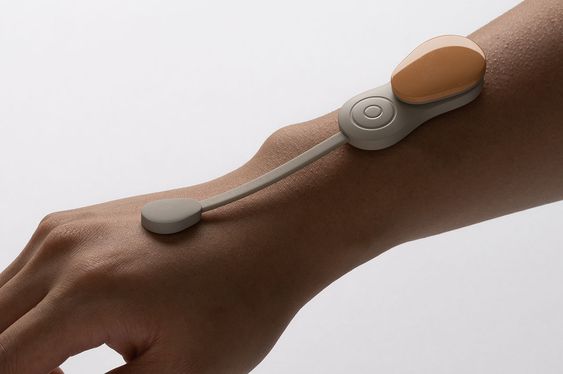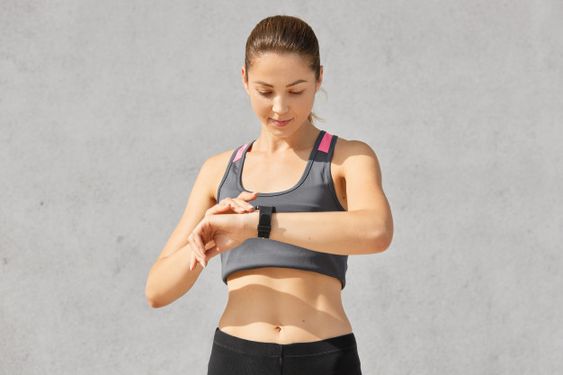Introduction
Runners are constantly seeking an edge, whether shaving seconds off their personal best or conquering a challenging trail. One often-overlooked aspect of enhancing performance and enjoyment lies in selecting the appropriate footwear. Lightweight running shoes have revolutionized the way runners approach their training and races. These shoes are engineered to provide a barely-there feel without compromising support and cushioning.

From seasoned marathoners to casual joggers, runners of all levels can benefit from the lightweight design, which promotes natural foot movement and reduces fatigue. This article delves into the world of lightweight running shoes, exploring their advantages, considerations when choosing a pair, and some top picks for various activities.
Advantages of Lightweight Running Shoes
The allure of lightweight running shoes extends beyond their featherlight feel. Here are some key advantages they offer:
Enhanced Speed and Agility: The reduced weight minimizes the effort required to propel your foot forward, allowing for faster strides and quicker cadence. This is particularly beneficial for runners focused on speed and performance.
Increased Efficiency: With less weight to carry, your legs experience reduced fatigue, allowing you to run longer and conserve energy. This can be a game-changer for endurance runners.
Improved Running Economy: Lightweight shoes promote a more natural running gait, encouraging a midfoot strike rather than a heel strike. This can lead to improved running form and reduced impact on joints.
Enhanced Comfort: Many lightweight shoes feature breathable uppers and responsive cushioning, ensuring a comfortable and supported ride without feeling weighed down.
Choosing the Right Lightweight Running Shoes
Selecting the appropriate lightweight running shoes depends on several factors:
Running Style and Experience: Consider your foot strike, running surface, and weekly mileage. Beginners might benefit from a shoe with slightly more cushioning.
Foot Type and Arch Support: Determine your foot type (pronation) and seek shoes that provide adequate arch support and stability.
Fit and Comfort: Prioritize a snug yet comfortable fit. Ensure there's enough room in the toe box and that the heel counter fits securely.
Intended Use: Consider the type of running you'll be doing. Some shoes excel on roads, while others are designed for trails.





